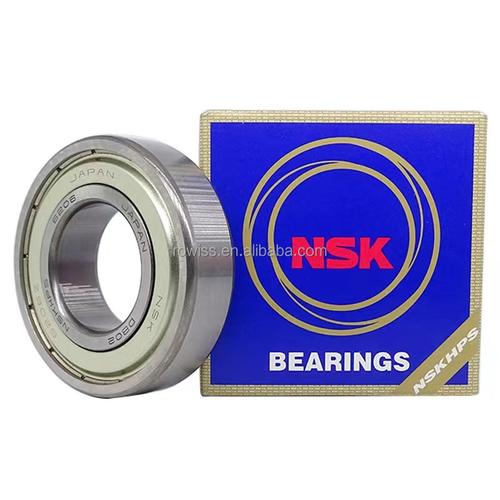The Essential Guide to Industrial Uses of Ball Bearings: Applications, Benefits, and Selection Tips
# The Essential Guide to Industrial Uses of Ball Bearings: Applications, Benefits, and Selection Tips
## Introduction
Ball bearings are precision-engineered components designed to reduce rotational friction while supporting axial and radial loads. These mechanical workhorses play a pivotal role in **industrial machinery operation**, enabling smooth motion transmission in equipment ranging from conveyor systems to wind turbines.
The global ball bearing market, valued at $42.3 billion in 2023, is projected to reach $58.9 billion by 2025 (Grand View Research). This growth stems from increasing automation in manufacturing and renewable energy sector expansions. How can businesses select optimal ball bearings to maximise equipment performance while minimising operational costs?
## What Are Ball Bearings?
### Core Mechanics & Design Principles
Ball bearings consist of four key components:
- Outer/inner rings with raceways
- Steel or ceramic balls
- Cage (ball separator)
- Optional seals/shields
### Industrial Application Scenarios
| Sector | Typical Use Cases |
|--------|-------------------|
| Automotive | Wheel hubs, transmission systems |
| Aerospace | Jet engine components |
| Energy | Wind turbine pitch/yaw mechanisms |
| Robotics | Articulated joint movements |

keyword:ball bearings uses




 13869596835
13869596835